Your Attic Could Be Costing You $100s in Energy Bills Every Year – 3 Easy Tweaks to Make Your Home Warmer and Cheaper to Heat
Good home maintenance now can reduce costs for years to come


When it comes to your attic, poor insulation, hidden air leaks, and maintenance oversights can send your bills sky high.
Luckily, experts say addressing just three of the most common attic issues can drastically improve warmth while cutting energy bills. Here's how.
5 Easy Attic Tweaks to Save on Energy Bills
1. Seal HVAC and Plumbing Works
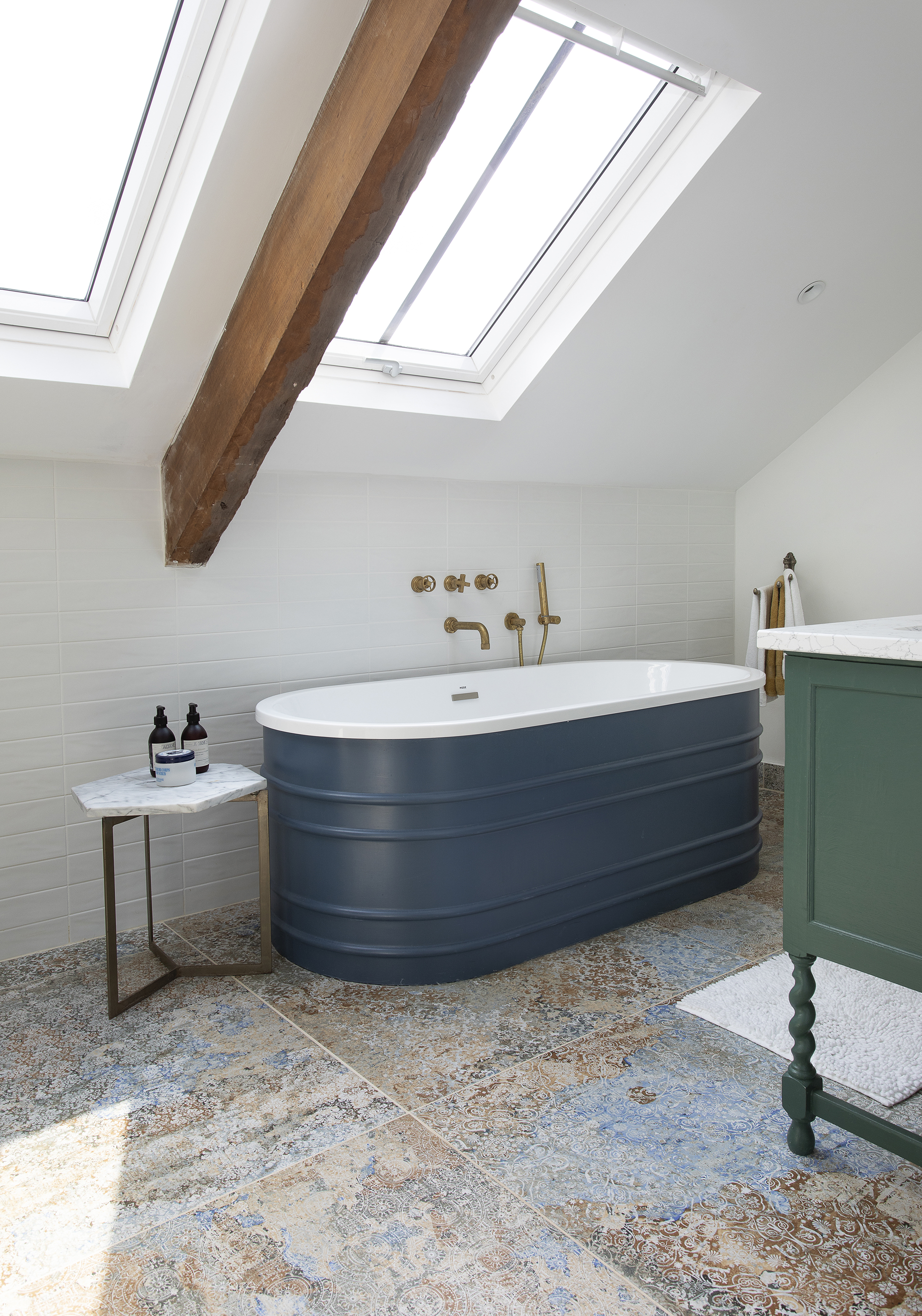
Any duct or plumbing work needs to be insulated to prevent air leaks.
When it comes to keeping a poorly insulated home warm, every little helps. To prevent heat loss through your attic, start by sealing up any small gaps around HVAC and plumbing fixtures with good-quality caulk, such as the 3M Marine Adhesive Polyurethane Sealant from The Home Depot.
Ben Hubbert, co-owner of Wright Home Services, explains, 'Even small openings can let in hot or cold air and drive up your energy bills.
'Make sure air ducts in your attic are sealed and wrapped, otherwise you could be heating your attic instead of the rest of your house.'
2. Check Existing Insulation
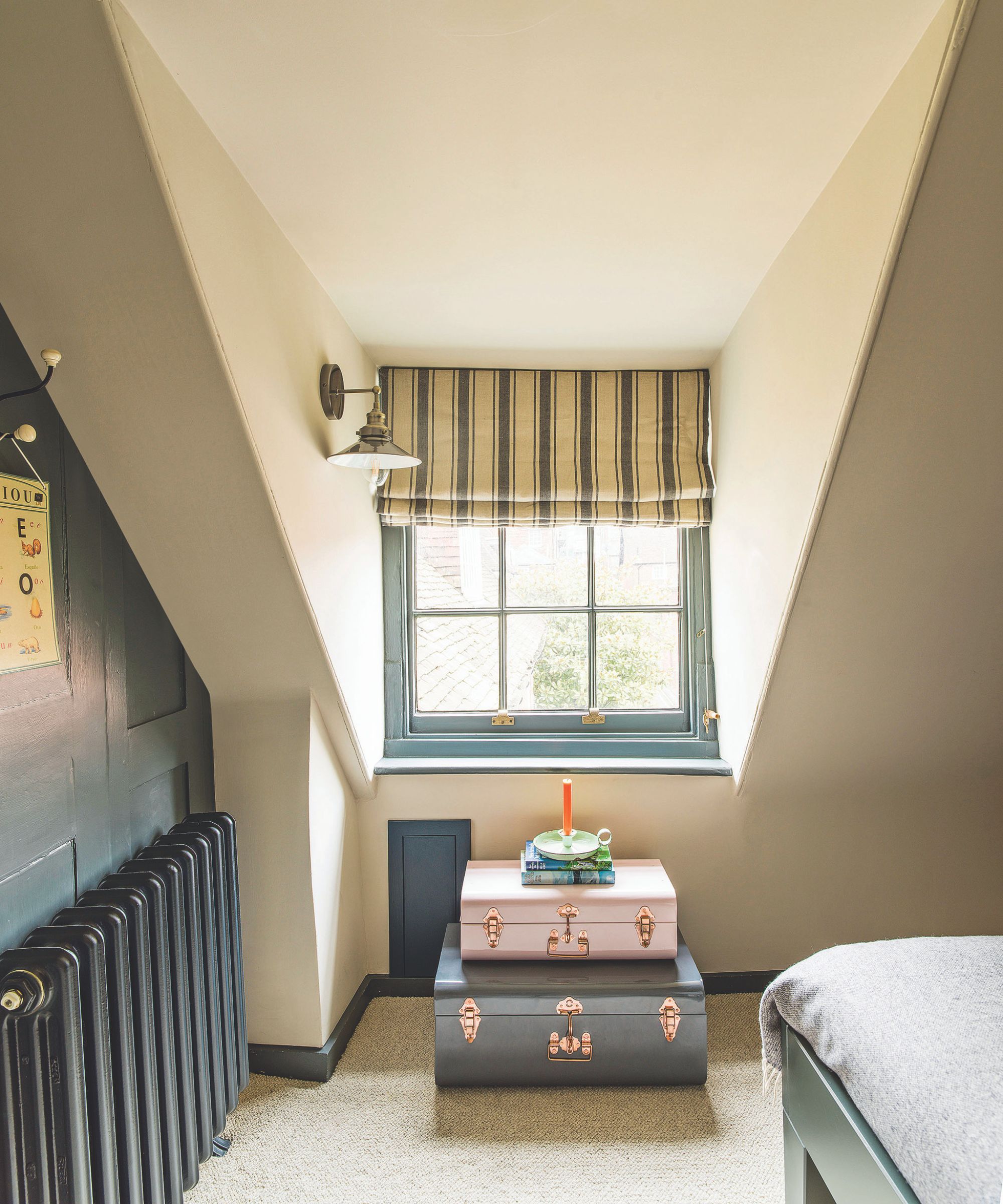
Just because your attic has been insulated, doesn't mean it is still effective.
Even the best attic insulation doesn't last forever. It is a good idea to add checking your insulation to your fall home maintenance checklist, looking for damage, mold, or any insulation that has moved.
John Parks, owner of Advanced Insulation System, explains, 'Insulating a home is the best thing we do for energy efficiency and temperature regulation, whether it’s an older home or a newer one.
Design expertise in your inbox – from inspiring decorating ideas and beautiful celebrity homes to practical gardening advice and shopping round-ups.
'The best option is, by far, roof rafter insulation or top cord insulation. This refers to the actual underside of the roof. Installing insulation on the underside of the roof greatly improves and regulates the temperature of the attic space, which translates to much better efficiency for the home as a whole.'
For a double check in winter, you can also use ice and snow to check attic performance later in the season. Just remember to also ventilate your attic, even in the cold season, to prevent mold and mildew.
3. Insulate Attic Doors
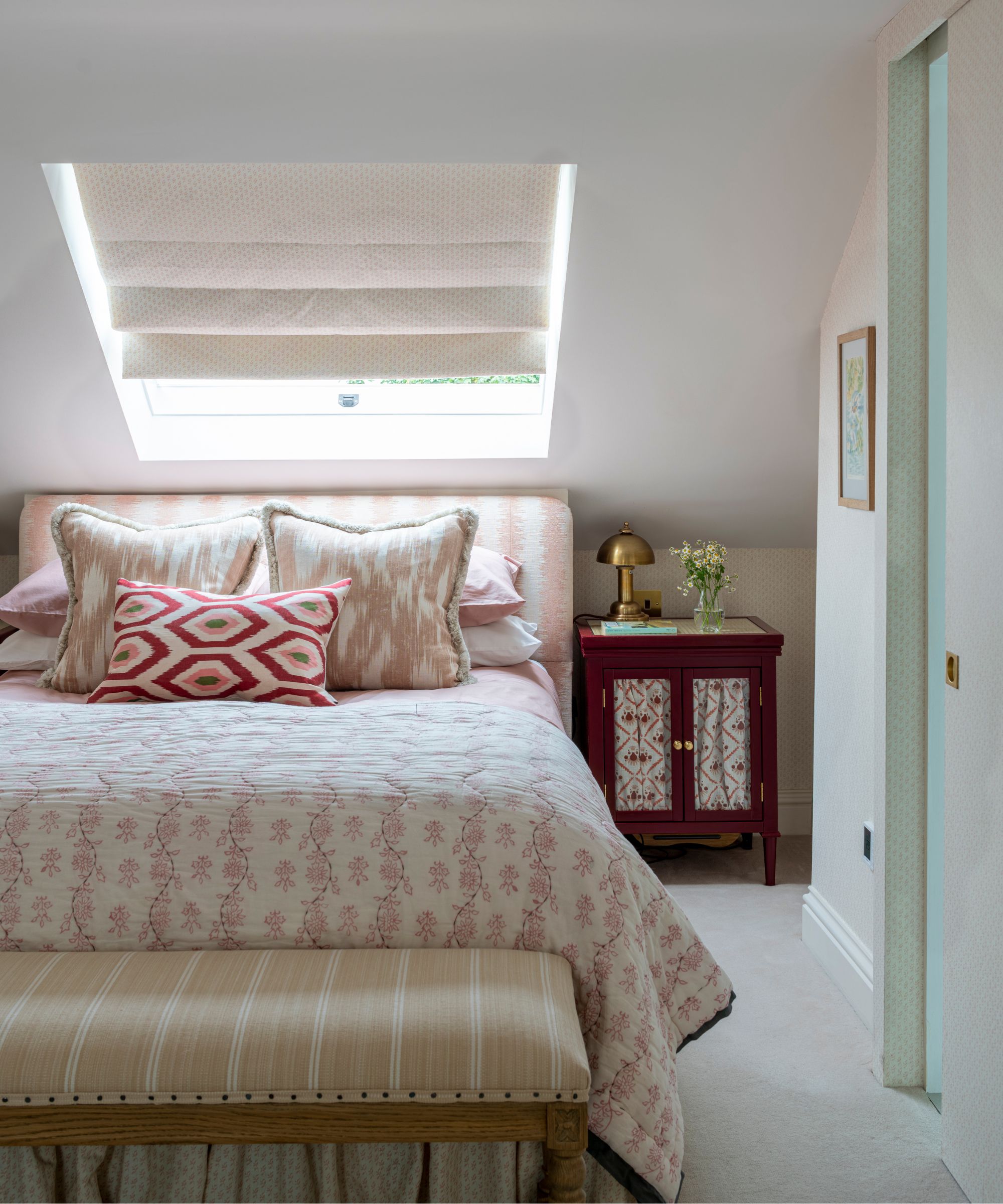
An attic fan can also help to reduce condensation.
When trying to make heating more efficient, you need to insulate your attic door. This simple addition can instantly block cold air transfer, potentially saving you hundreds on energy bills each year.
Uri Pearl, owner of Nealon Insulation, warns, 'Warm air will escape even a perfectly sealed insulation attic if that hatch or door is exposed. Without a proper cover, it’s basically like leaving a small window open to the attic.'
It is an easy weekend DIY project you can do yourself, Uri adds. 'You’ll just need a 2-inch rigid foam board [available at The Home Depot] cut to fit snugly over the hatch. Add some weatherstripping from Walmart around the edges to make it airtight, and you’ve just solved one of the most overlooked air leaks.'
During extreme winters, however, it can sometimes be beneficial to leave an attic door open during a freeze, especially if it is unheated, to protect your pipes from bursting.
The Govee WiFi Thermometer, from Amazon, allows you to keep tabs on temperatures around your home from your phone, so you'll know if temperatures get dangerously cold in your attic, and before pipes have a chance to freeze.
Attic Insulation Essentials
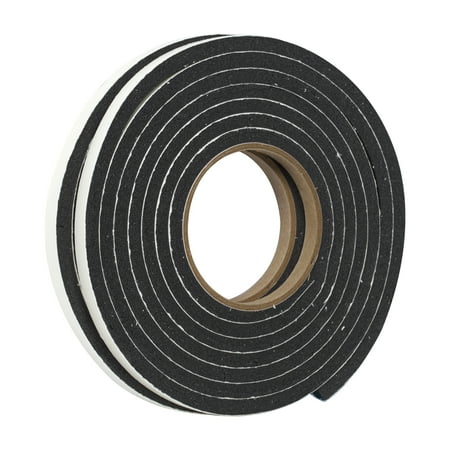
This weather stripping forms a tight seal around your windows and doors in the frame, preventing air leaks for a well-insulated property.
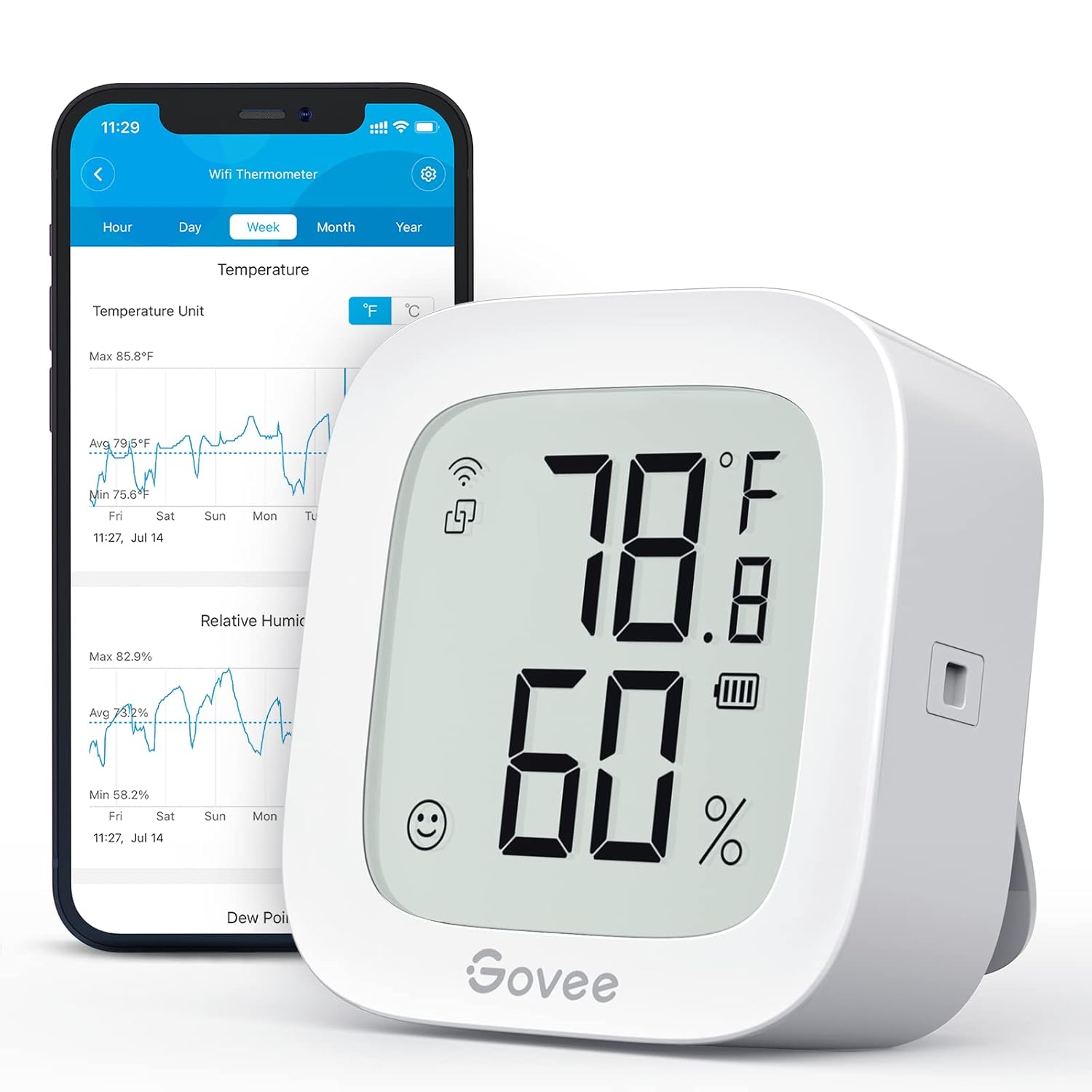
With Wi-Fi and Bluetooth connection via Govee Home App, you can easily monitor temperature and humidity data in real-time from anywhere.
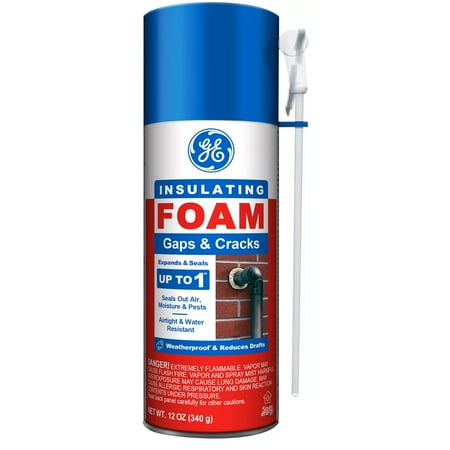
Insulating foam expands on application to fill gaps up to one inch in size, preventing air transfer for a warmer home.
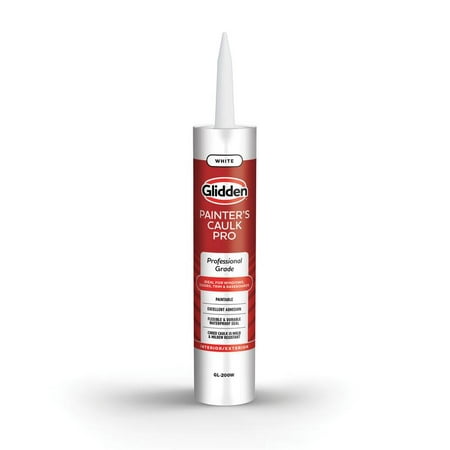
This multipurpose caulk is ideal for windows, doors, trim, and baseboards, and is mold and mildew-resistant.
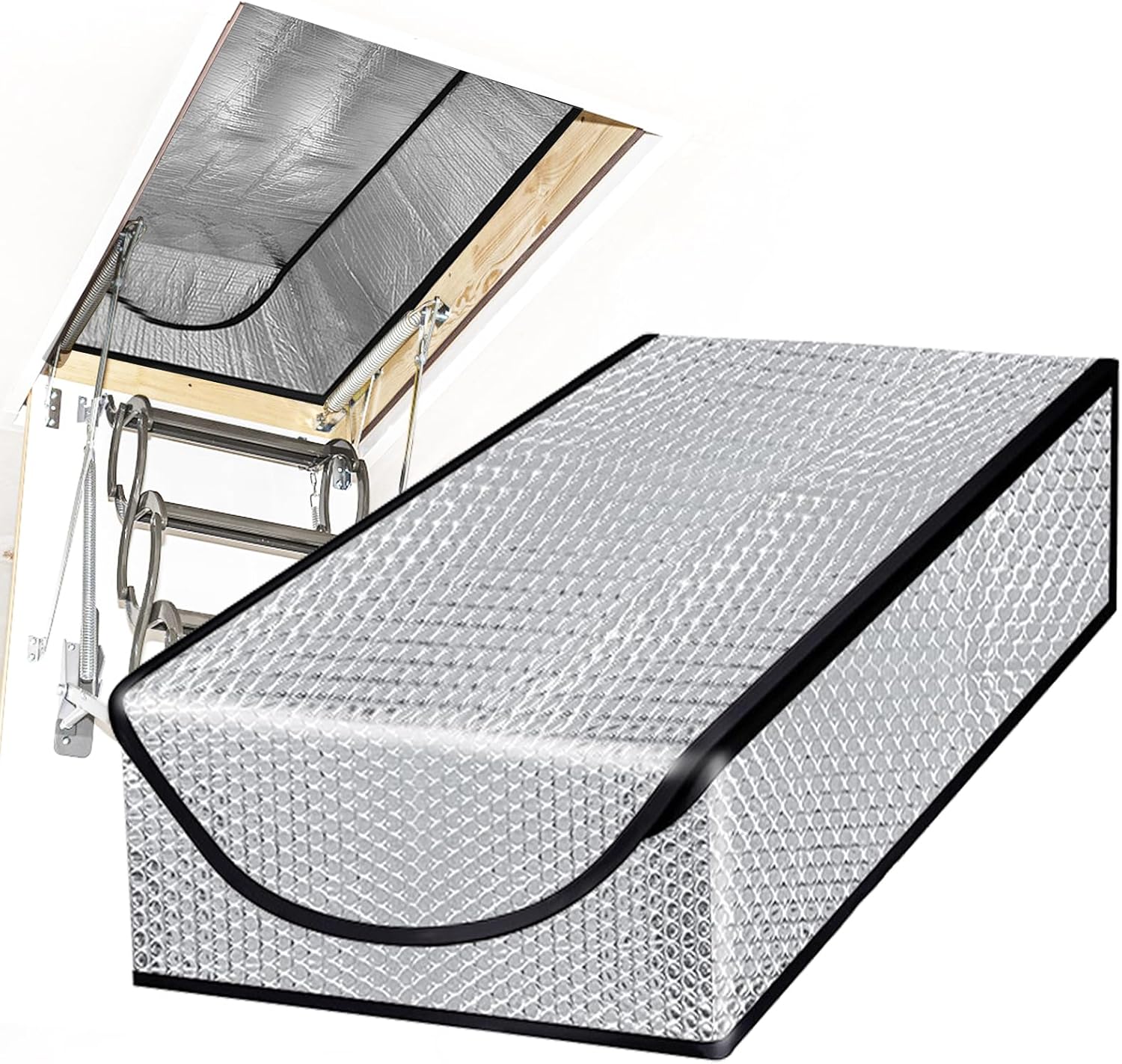
This handy attic door cover creates a seal at the attic door to block air transfer in winter, and prevent dust or pollutants from entering your home.
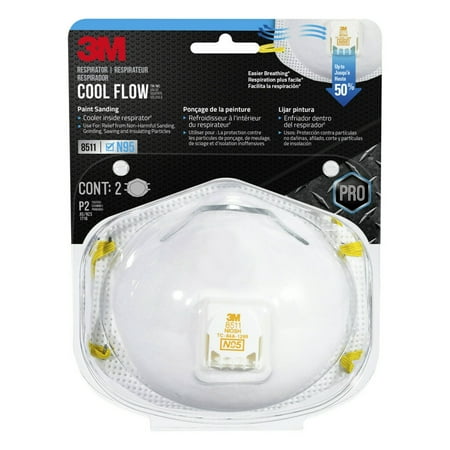
Whenever you are dealing with insulation or foam, wear a respirator mask to protect your airways from particulate irritants.
Meet the Experts

Upon leaving the Air Force, Ben founded Champion AC in 2007 and built it into one of the largest residential HVAC companies in Texas.

John is the COO and co-owner of Advanced Insulation System in San Diego, which is a residential and commercial insulation company that also specializes in mold remediation, attic and crawlspace cleaning, and moisture control. He has over 10 years of experience working within this industry, so can speak to the many common complaints of homeowners with musty odors in their homes.

Uri is a BPI-certified insulation expert and building performance specialist with experience in residential and commercial energy efficiency. He specializes in retrofit insulation, air sealing, and moisture control for homes across the Northeast, with a focus on improving indoor comfort, energy savings, and building durability.
It isn't just insulation that has an impact on your energy bills. There are some costly mistakes diving up bills and reducing device lifespans you might be making, too.

Chiana has been at Homes & Gardens for two years and is our resident 'queen' of non-toxic living. She spends most of her time producing content for the Solved section of the website, helping readers get the most out of their homes through clever decluttering, cleaning, and tidying tips. She was named one of Fixr's top home improvement journalists in 2024.